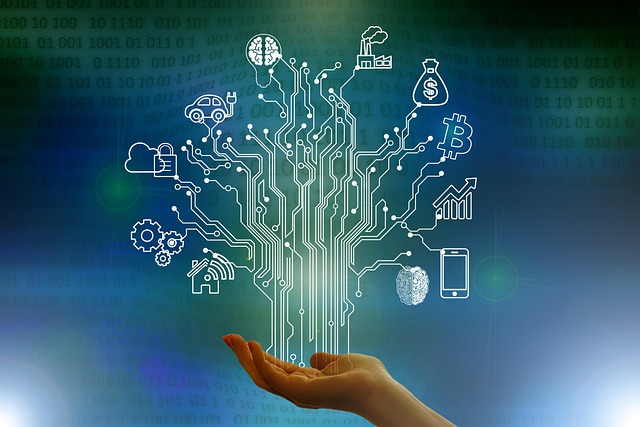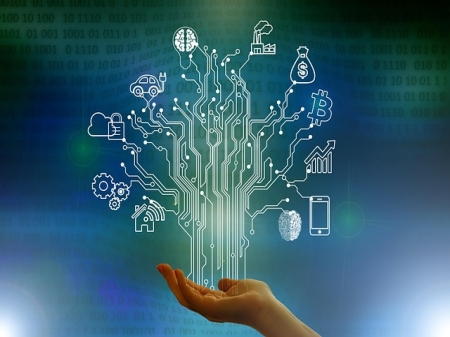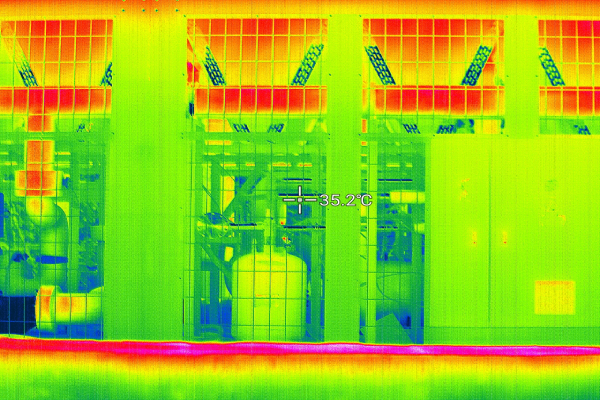The integration of artificial intelligence (AI) and infrared thermography (IRT) is revolutionizing industries by enabling faster, more accurate, and non-invasive diagnostics across sectors. From detecting microscopic defects in 3D-printed nuclear reactor components to identifying early signs of diabetic foot ulcers, AI-powered IRT systems are setting new benchmarks in precision and efficiency. This article explores cutting-edge applications, technological advancements, and future trends in this rapidly evolving field.

1. Industrial Manufacturing: Precision Defect Detection
In industrial settings, AI-enhanced IRT is addressing critical challenges in non-destructive testing (NDT). For example, researchers at Argonne National Laboratory developed a hybrid method combining pulsed infrared thermography (PIT) and AI algorithms to detect micro-defects (as small as 100 microns) in 3D-printed stainless steel parts used in nuclear reactors. Traditional methods struggle with subsurface flaws in complex geometries, but AI filters thermal noise and enhances defect visibility, ensuring structural integrity in extreme environments.
Similarly, drone-assisted IRT paired with AI models is transforming photovoltaic (PV) system inspections. A 2024 study demonstrated that drones equipped with thermal cameras and AI can identify minute anomalies in solar panels, improving defect classification accuracy by 30% compared to manual methods. This approach reduces inspection time and costs while enabling real-time data analysis.
2. Healthcare: Early Diagnosis and Monitoring
In medicine, AI-driven IRT is advancing diagnostic capabilities. For instance:
Breast Cancer Screening: Deep learning models like ResNet and DenseNet analyze thermographic images to detect malignant lesions with 85% accuracy, outperforming traditional methods.
Diabetic Foot Ulcers: AI algorithms process multispectral thermal-RGB images to identify early-stage ulcers, reducing amputation risks. The STANDUP database, with 415 annotated images, supports robust model training.
Fever Screening: During the COVID-19 pandemic, IRT-AI systems were deployed in airports for rapid temperature monitoring, showcasing scalability in public health emergencies.
Challenges remain, such as data heterogeneity and the lack of standardized protocols (e.g., DICOM for thermography), but federated learning and multimodal fusion are emerging solutions.
3. Energy and Aerospace: Ensuring Safety in Extreme Conditions
AI-IRT systems are critical for inspecting components exposed to high stress, such as wind turbines and aircraft engines. For example:
A 2023 review highlighted IRT's role in monitoring induction motors, where thermal anomalies signal impending failures. AI models predict wear patterns, reducing downtime by 40%.
In aerospace, IRT detects delamination in composite materials, while AI algorithms correlate thermal patterns with stress fractures, enhancing predictive maintenance.
4. Challenges
Despite progress, key hurdles include:
Data Scarcity: Small, fragmented datasets limit model generalizability. Collaborative initiatives like federated learning are addressing this by pooling data across institutions without compromising privacy.
Regulatory Barriers: Medical AI tools require rigorous validation to meet FDA and EU MDR standards.
Model Complexity: Overfitting remains a risk with large datasets. Techniques like transfer learning and synthetic data generation are mitigating this issue.
The synergy of AI and infrared thermography is unlocking unprecedented possibilities across industries. From safeguarding nuclear reactors to revolutionizing medical diagnostics, these technologies are redefining quality control and preventive care. As algorithms evolve and datasets expand, AI-IRT systems will become indispensable tools for a safer, more efficient future.












